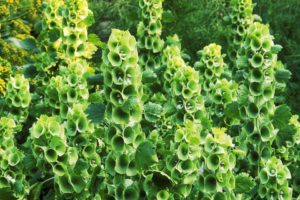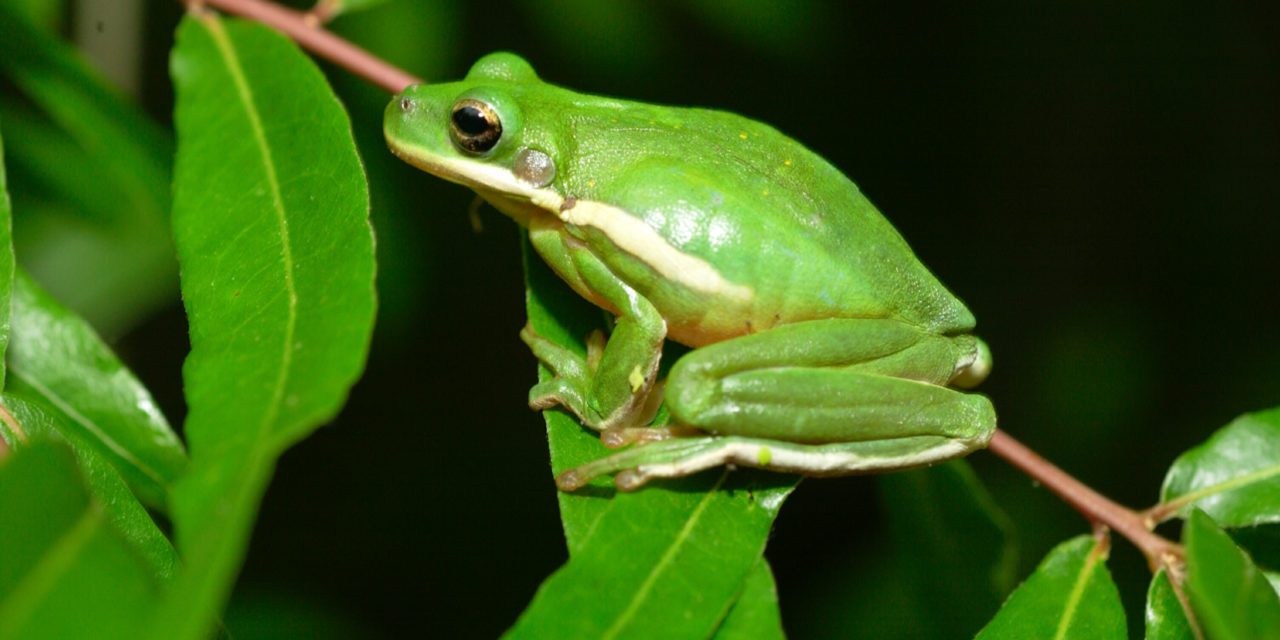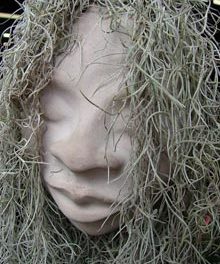 I don’t know how our editor, Margaret Evans, does it. I’ve only been doing this column for a couple of years, and I’m already starting to have shpilkes as time for another column approaches. I love those onomatopoetic words!
I don’t know how our editor, Margaret Evans, does it. I’ve only been doing this column for a couple of years, and I’m already starting to have shpilkes as time for another column approaches. I love those onomatopoetic words!
So while I was gnawing on my knuckles, I decided to take a stroll around my garden to see if I could get inspired. Not much is happening in the garden right now. The summer and fall flowers have come and gone. Box stores have nothing left except holiday paraphernalia and fake Christmas trees so I hoped that maybe I could find somethingin my back yard.
About halfway through my stroll, it came to me that searching for inspiration is kind of like searching for happiness. You don’t know exactly what you’re searching for until you find it. It crept up on me as I was searching for something, anything,to catch my eye, and there it was, all around me.
Green! Yes, green. It’s everywhere in the garden, but largely ignored.
It’s the canvas that showcases everything else in the garden, but is content to play a supporting role. Talk about mixed metaphors! I was going to use the one of a prima ballerina and her partner, but I didn’t know what to call him. One source I found said to just call him the guy who hoists the ballerina around the stage. (He’s a danseuror a ballerino).
You can see it’s hard for me to keep on topic! I guess it’s why it takes me a half hour to go to the curb for the mail. A distraction at every step; hard to keep the destination in mind when you have the focus of a flea.
Anyway, without greenery, our gardens would just be kaleidoscopes with no place to rest our eyes. Greenery is the space between words, without which the letters wouldn’t make sense. Essential, but hardly noticed.
How many shades of green are there? No one knows. My garden is almost all green right now (whatever hasn’t gone brown and dormant), but every single plant is defined. Not only because of different shapes, textures and sizes, but different shades of green. I wondered why the green in my garden looks so different in different weather and times of the day, so I looked it up.
Aha! Chlorophyll. It’s the pigment in plants that make them appear green. It absorbs light waves in the red and blue spectrum, but reflects the light waves in the green spectrum . . . making the plant appear green. The reflected green depends on the amount of chlorophyll and the strength of the light source. Another bit of trivia to clutter up your brain.
But why is green such a restfulcolor? Because it’s color neutral, containing both cool blue and warm yellow. It’s said that green is the only color that ‘goes’ with everything.
Now that I have a new understanding, I’m going all in for green. Some gardeners have even opted for an all green garden, but they’re far from monotonous. It’s not limited to just foliage. There are many green flowers.
Hellebores, those wonderful winter bloomers, have blossoms in various shades of green. Shy little flowers, their blooms mostly nod so you need to look down and nod, too, to see them.
Then there are Hydrangeas, those show-offs of the garden. ‘Limelight’ is true to its name and its large, blowsy green blossoms fairly shout “Look at me!”
Faeries could have planted those dainty Bells of Ireland to use for their dancing skirts, and Nicotiana ‘Lime Green’ for their trumpets.
There are literally dozens of green Daylilies, in early, midseason and late bloomers.;most leaning towards the yellow end of the spectrum. Zinnias, too, come in many flower shapes and shades of green.
Green gladiolas and spider mums. And cockscomb. Those odd flowers always remind me of brains so you won’t see them in my garden.
We have almost unlimited varieties of trees and shrubs for us to choose from. Ferns and mosses, too. An embarrassment of riches.
Entire books have been written about evergreens, so you don’t need me to tell you about them. What would our house foundations look like without evergreens?
I lament the millions and millions of acres of green lost in wildfires and the logging and deliberate burn in the Amazon Rain Forest. Trees turn the carbon dioxide we breathe out into the oxygen we breathe in. We need to plant over a trillion replacement trees to maintain a proper balance for our planet. It’s the next generation that will suffer. Like every journey, it starts with a single step. So plant a tree! Several times . . .
So, Kermit, stop whining. What’s so bad about being green? You can go with anything.









